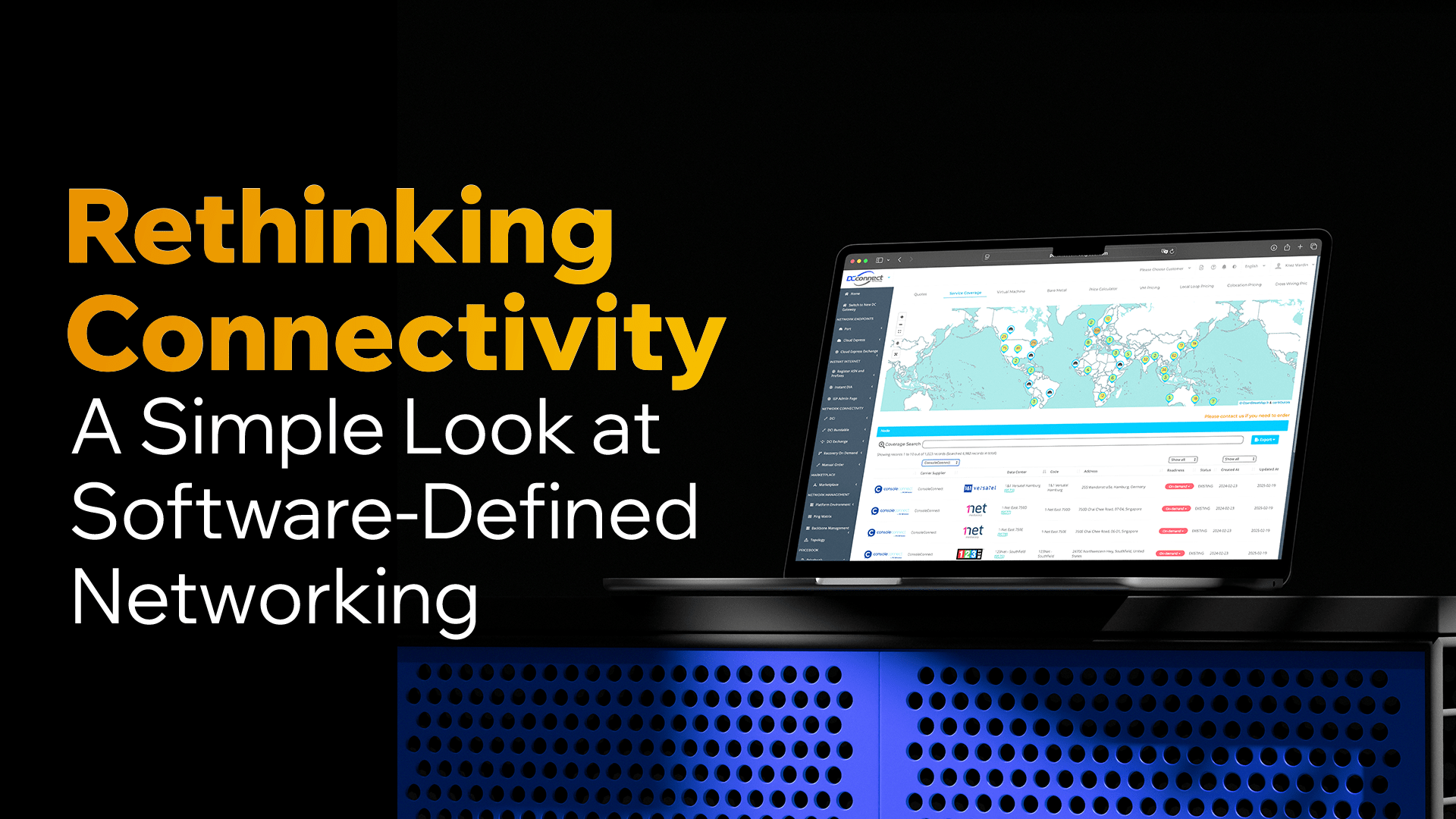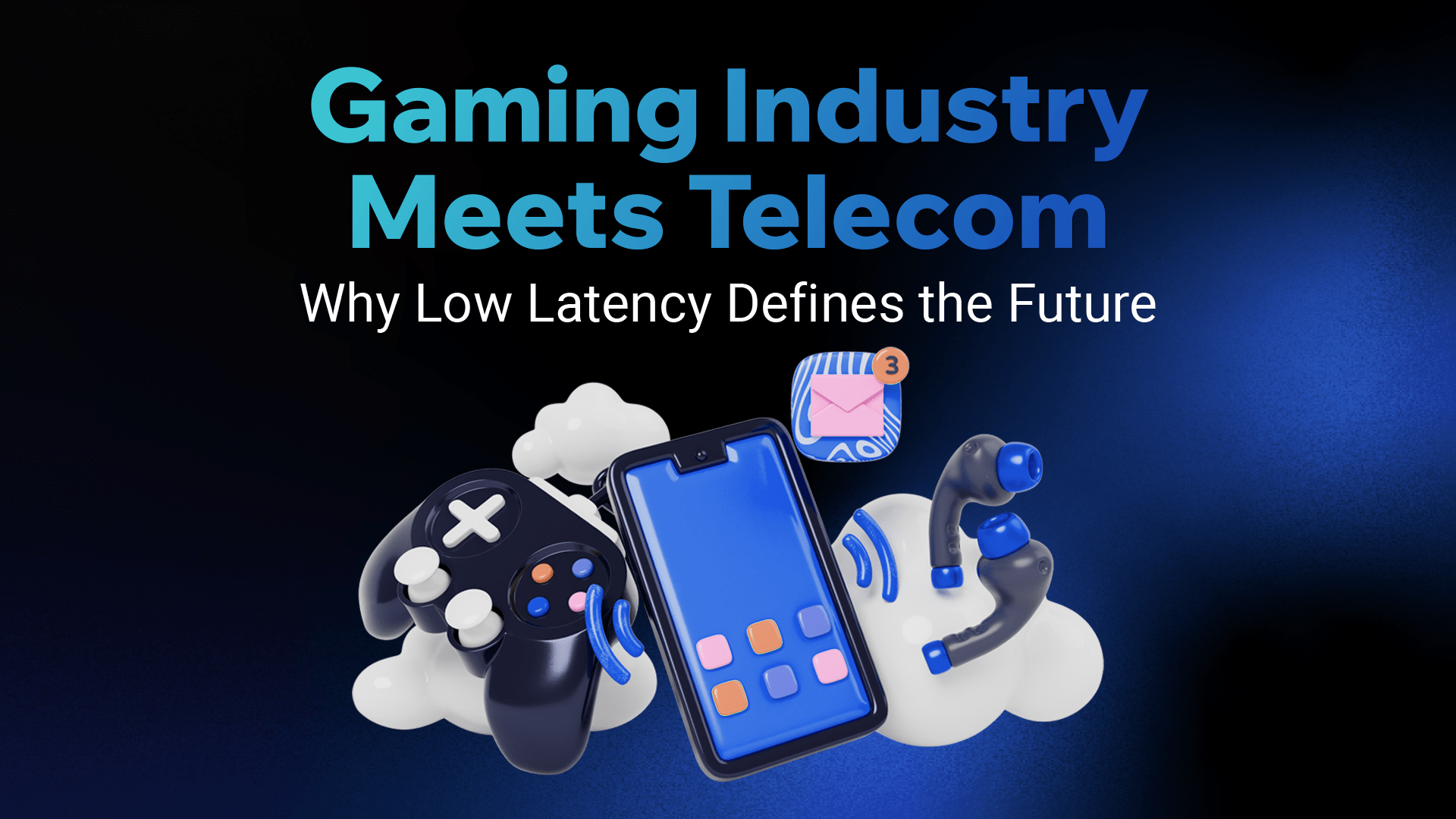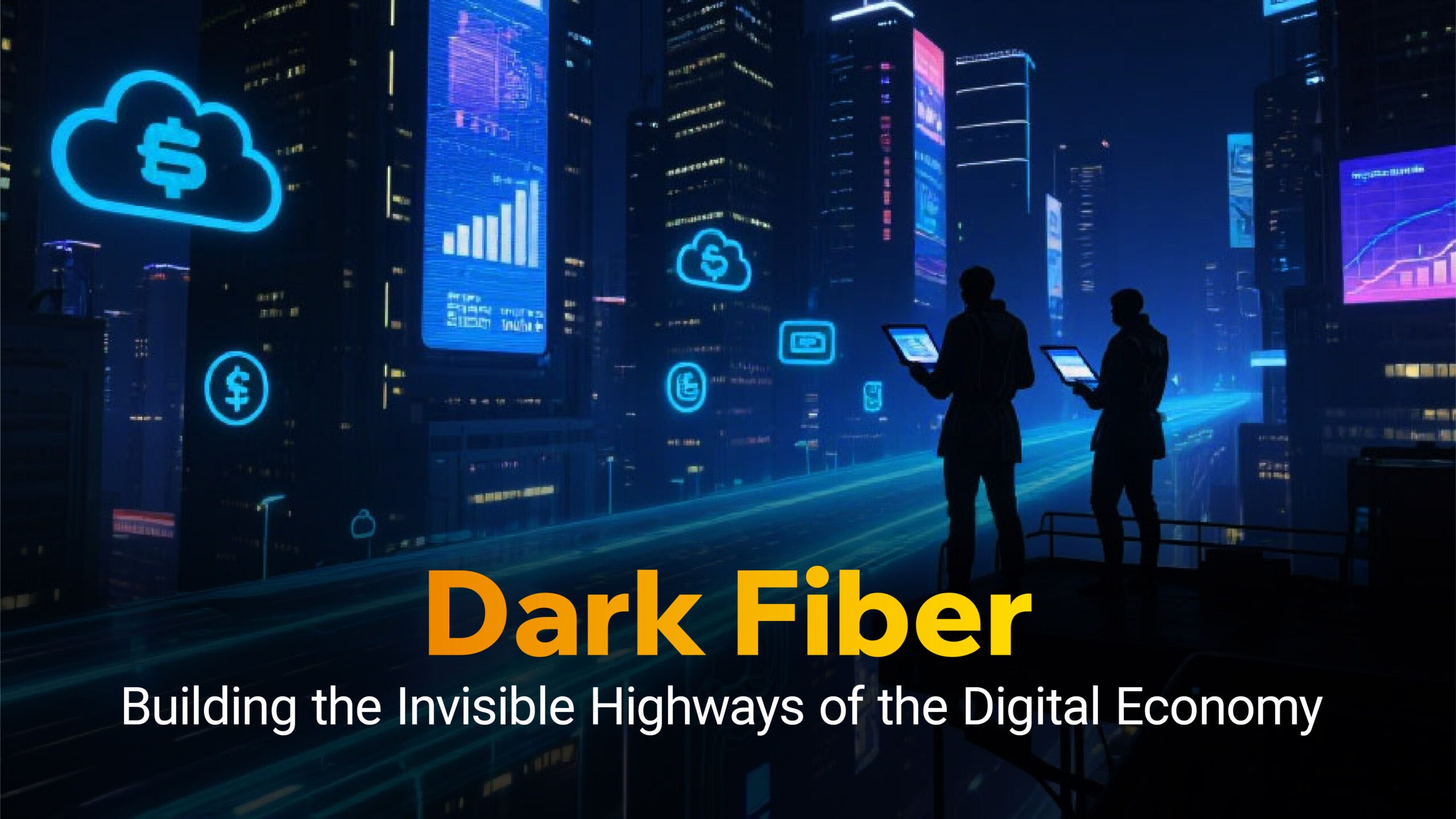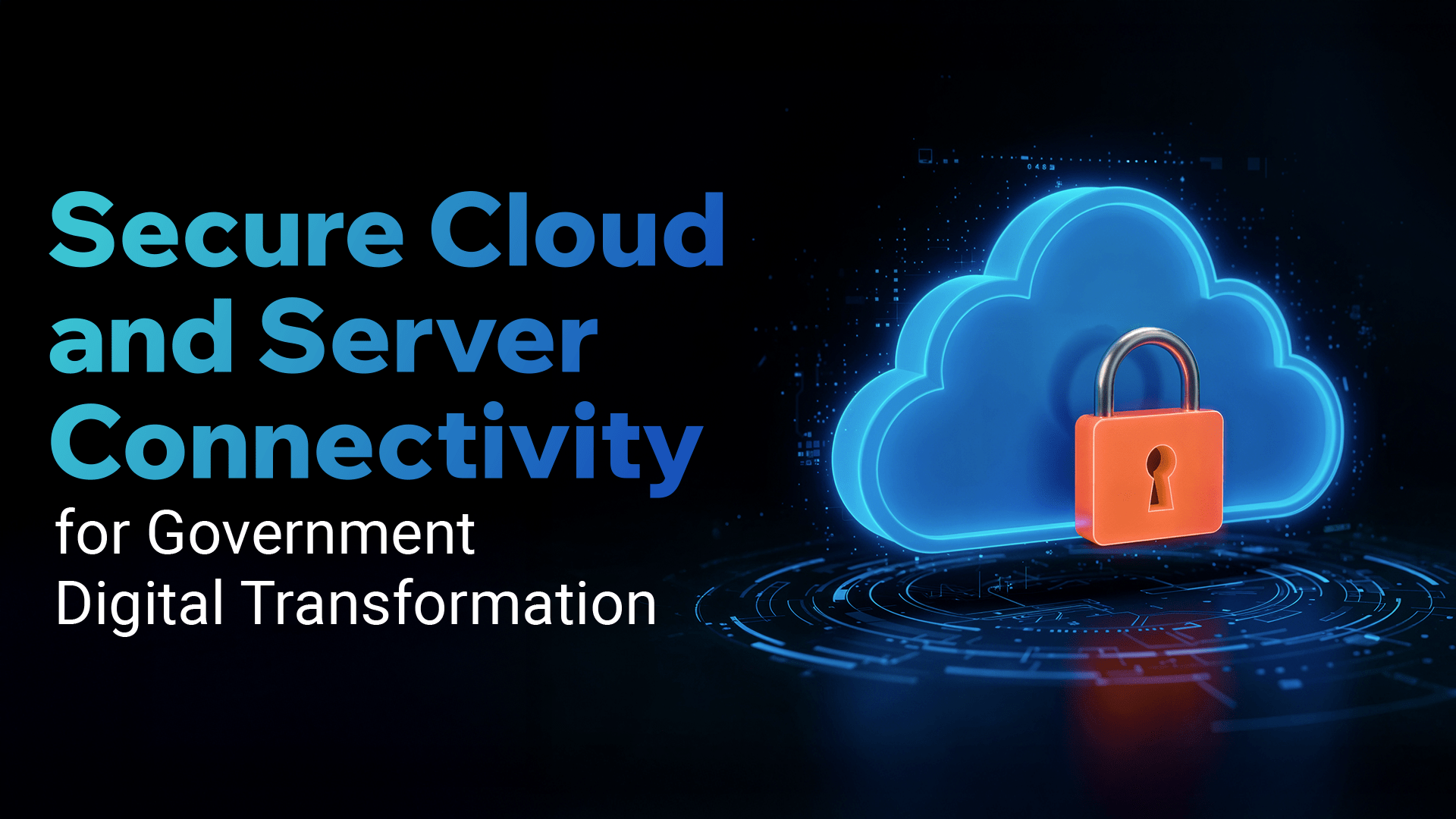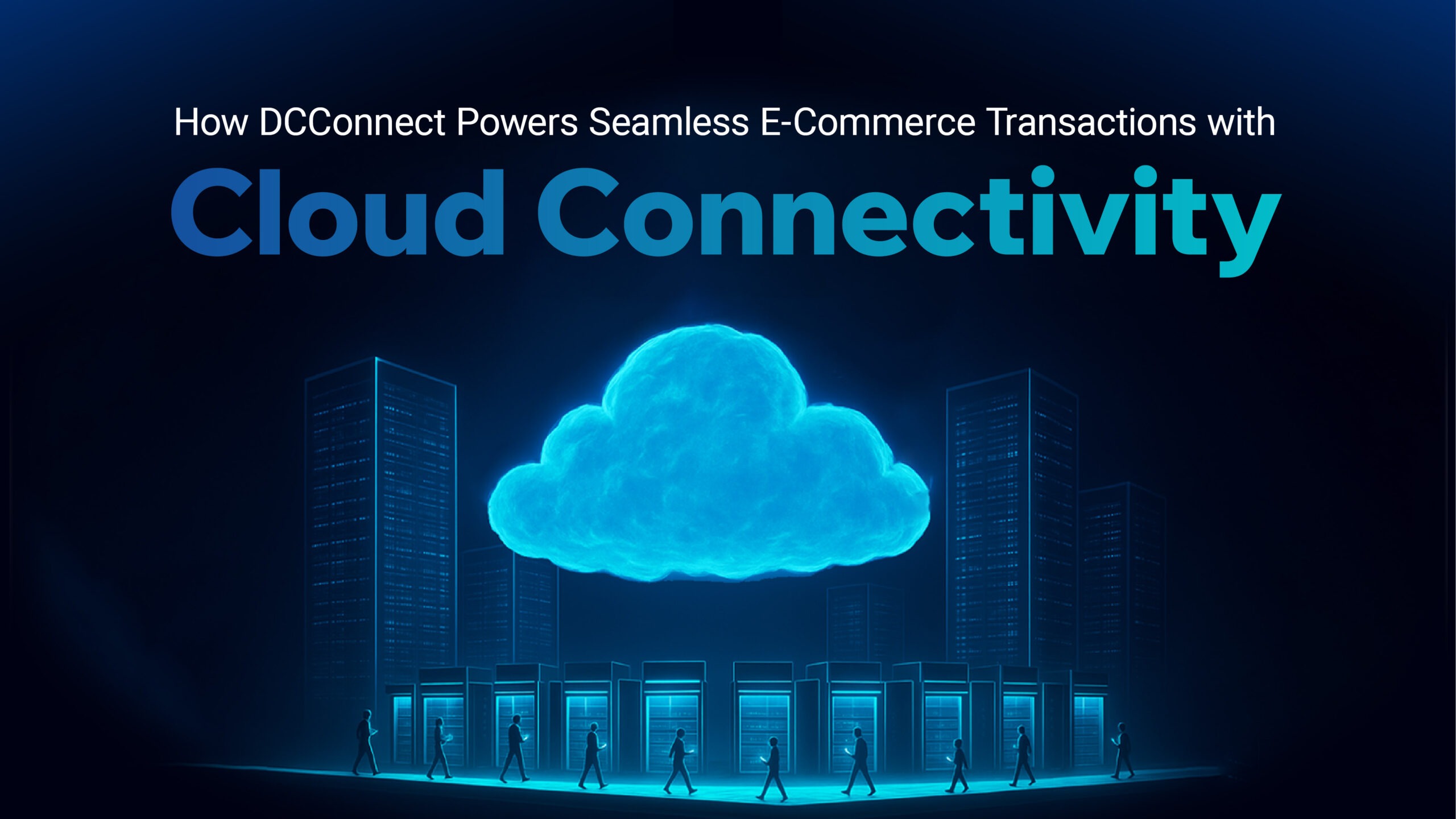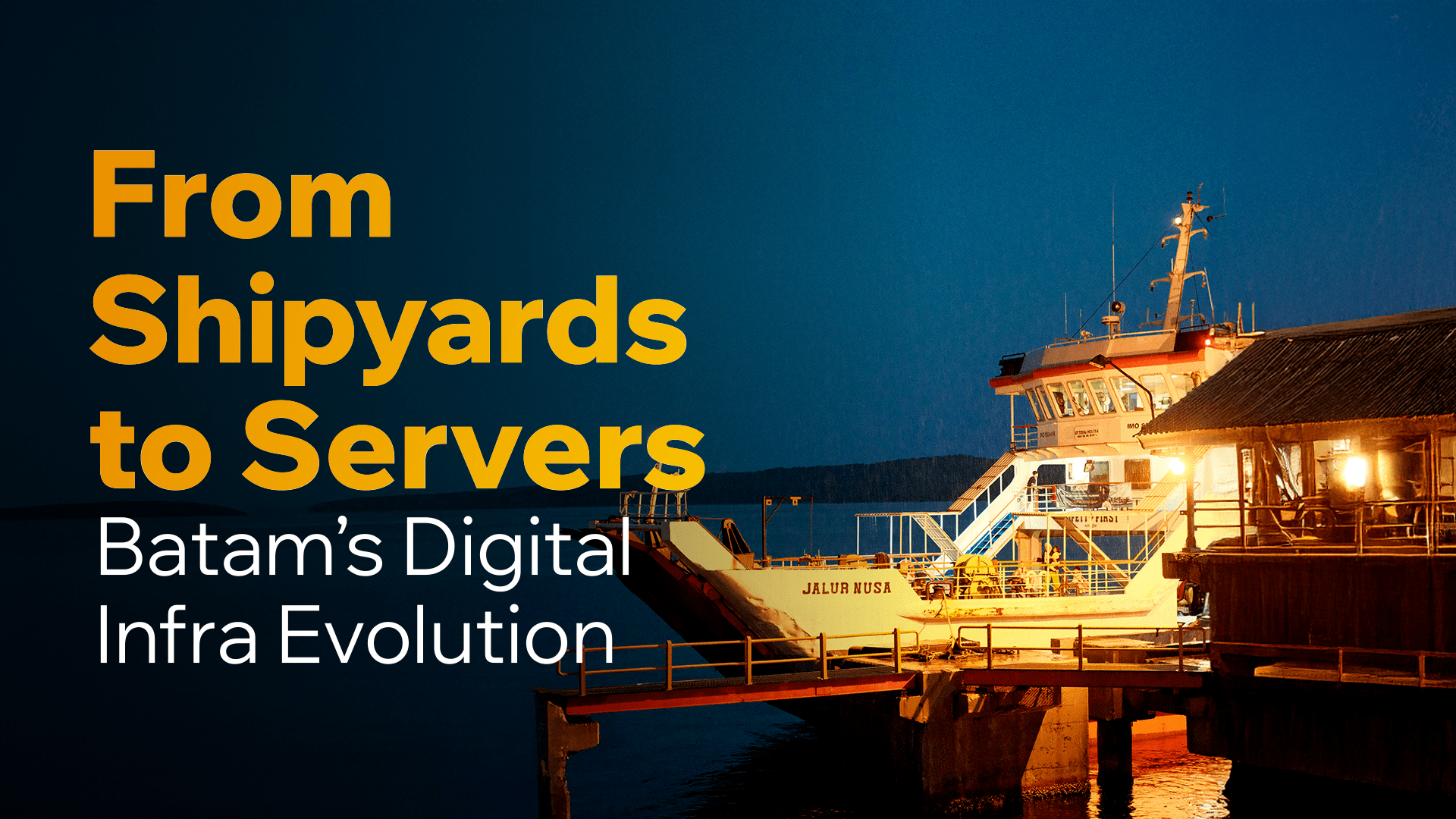
From Shipyards to Servers Batam’s Digital Infra Evolution
When people think of Batam, they often picture a vibrant island just a short ferry ride from Singapore—known for its factories, shipyards, and growing tourism. But beyond the surface, Batam is fast emerging as a strategic hub for digital infrastructure in Southeast Asia. Positioned at the heart of regional trade routes and close to one of the world’s busiest internet hubs, Batam is steadily becoming a key player in powering the digital economy. The growth of digital services—from cloud computing to streaming platforms—demands robust infrastructure. Batam has responded with significant investments in submarine cables, data centers, and fiber connectivity, turning the island into a landing point for global networks. This means data can move faster, with lower latency, between Indonesia and the rest of the world. For businesses, it translates into better reliability and greater efficiency in serving customers. What makes Batam especially attractive is its geographical and regulatory advantage. Being close to Singapore, it offers a cost-effective alternative for data hosting and connectivity while still maintaining proximity to one of Asia’s digital capitals. On top of that, Indonesia’s government has been actively supporting the development of Batam’s digital ecosystem, recognizing it as a crucial gateway for international investment and innovation. For telecom operators and enterprises, Batam is more than just a location, it’s an opportunity. The island’s expanding infrastructure allows companies to interconnect seamlessly, access multiple networks, and scale their operations without the heavy overhead of traditional setups. Whether it’s cloud providers looking for edge locations or carriers seeking resilient routes, Batam provides the foundation. Why Batam? – Strategic Location: Close to Singapore, making it a prime spot for data centers. – Reliable Power: Strong energy grid with coal, gas, and renewables for uninterrupted service. – Super Connectivity: Linked to global internet networks via submarine cables & fiber optics. – Safe from Disasters: Located outside the Ring of Fire, ensuring stability. – Government Support: Special Economic Zone (SEZ) status for easier business & investment. For businesses looking to seize this opportunity in the area, contact us at: alliance@dcconnectglobal.com.


